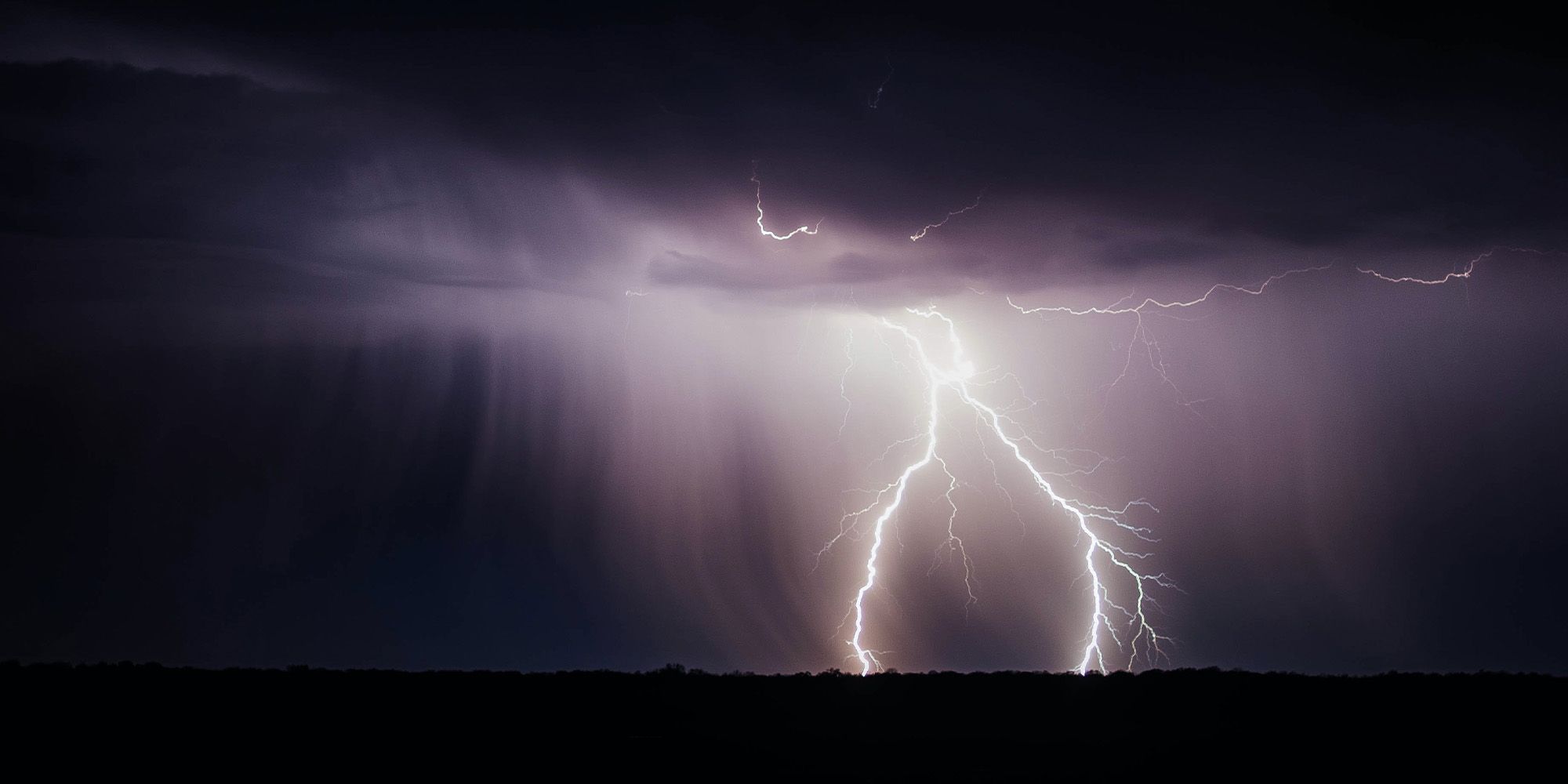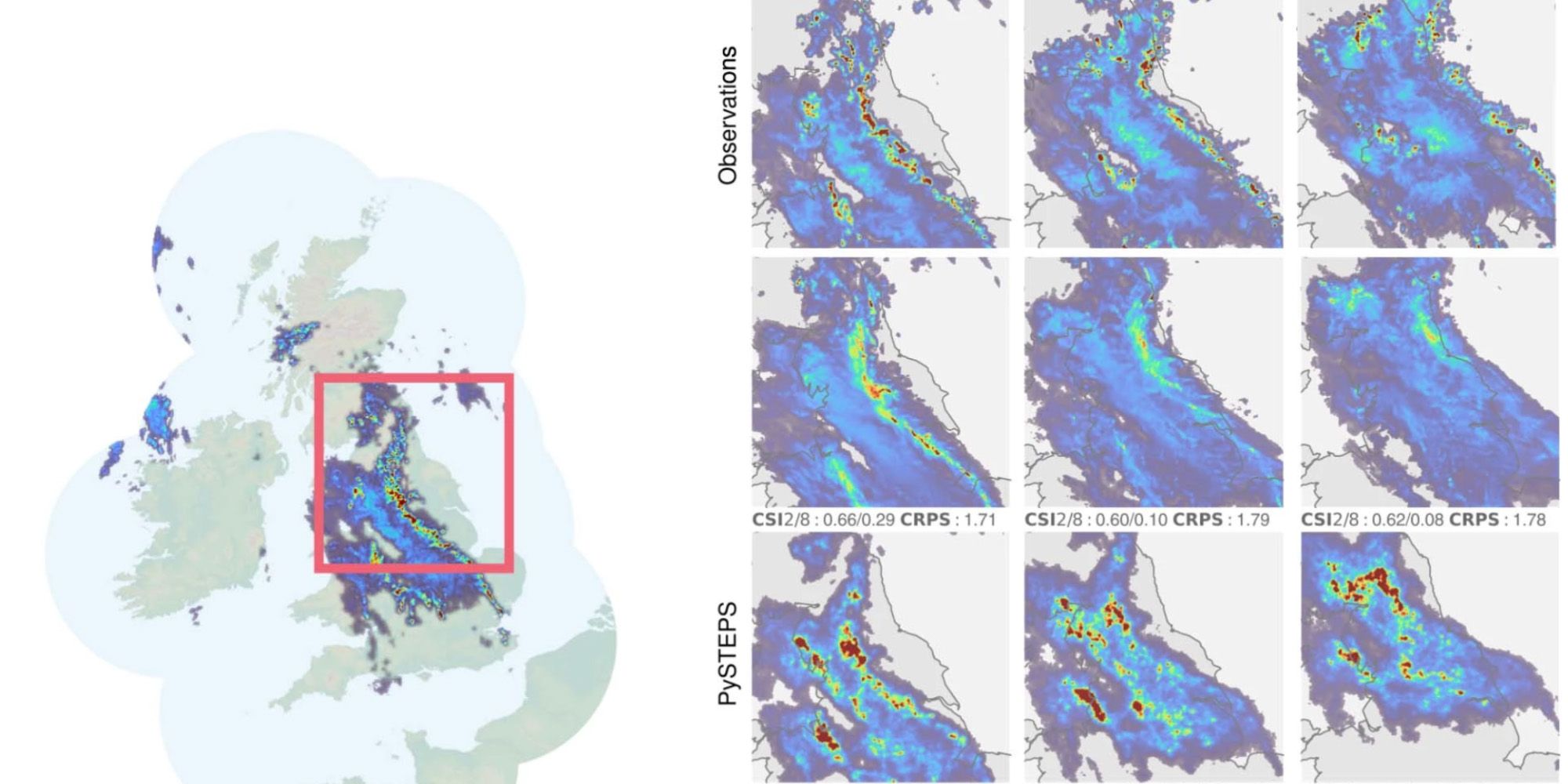DeepMind, the AI company behind revolutionary protein structure-predicting tool, AlphaFold, has set its eyes on another difficult science problem: weather forecasting. While longer-term forecasting has been pretty much perfected through the use of large-scale computer simulations, short-term forecasting — such as what the weather will look like an hour from now — still poses a challenge for meteorologists. In collaboration with the U.K. Met Office, DeepMind has developed a new AI tool, DGMR ("deep generative model of rainfall"), which uses the same approach as deepfake technology to address this challenge.
Deepfake is a combination of the words "deep learning" and "fake," and refers to images or videos in which a person's face is replaced with a very convincing replica of someone else's. The AI behind this is trained to take existing facial patterns from images or videos and recreate them in a new context, whether that's replacing one actor with another or making the Mona Lisa laugh. The applications of this technology are controversial and can range from lighthearted internet memes to the spreading of disinformation through impersonation.
Using this same kind of technology, DeepMind gave its AI tool real-time weather snapshots in the form of radar data. Analyzing these allows the tool to continuously use existing patterns to create fake weather continuations. While these are technically fake, the predictions DGMR makes have proven to be more accurate than any other to date. This is not the first attempt at creating a deep-learning tool for weather, but while some existing tools are good at predicting one aspect, such as rain intensity, this is usually at the cost of another, such as precise location.
Accuracy And Usage
In order to test the DGMR's accuracy, 56 Met Office weather forecasters were given its predictions to blindly compare against forecasts by a physics simulation and another deep-learning tool. 89% of these said that the DGMR's results topped the others in regards to precipitation intensity, location, movement, and extent. The tool's impressive ability to track a number of metrics, from temperature changes to cloud formation, is what gives it that edge over the competition.
In particular, the tool specializes in predictions for the next 5-90 minutes, which has so far been the most difficult window to predict. While this is, of course, attractive for everyone, this advancement will be particularly useful for emergency systems such as flood warnings, aviation and air traffic control, and outdoor events such as the Olympics. Once the DGMR is perfected, it'll be interesting to see what scientific dilemma DeepMind decides to focus on next.
Source: MIT Technology Review


